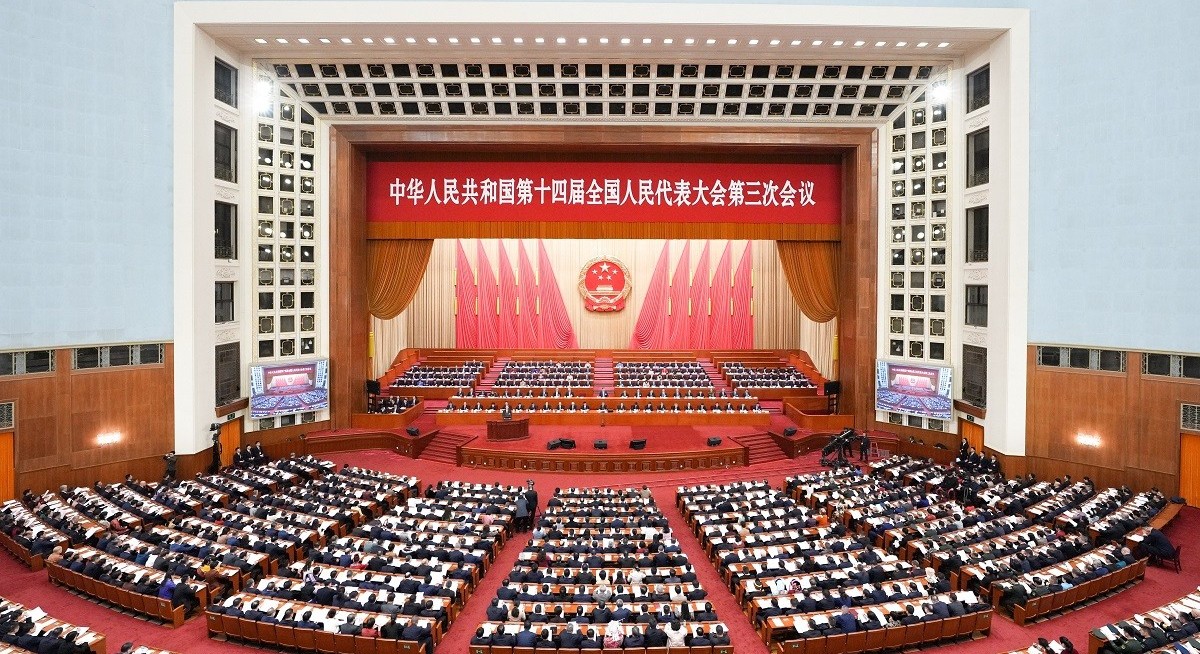Our understanding of the US economic and political nexus is much better than our understanding of the same in China. Understanding the Chinese context is essential, as this makes it easier because China lawmakers tend to stick by their policy decisions rather than chop and change them.
Last October, President Xi Jinping of China issued some guidance for China’s next five years. These are not random thoughts that are likely to be changed next week or in subsequent months. His comments provide useful guidance on the way China develops its policies and from this, we can assess the likely impact on the business and economic environment.
Not surprisingly, geopolitical uncertainty is a key driver of economic policy, but it is not holding China back. Xi says: “We must maintain strategic resolve, enhance our confidence in victory and gain strategic initiative in intense international competition and achieve major breakthroughs in strategic tasks.”
The idea that China will back down or submit remains a figment of Trump’s imagination, so we can expect to see strong resistance and measured responses. Businesses will need to be alert to targeted tariffs, sanctions or the unilateral blocking of specific products.
See also: Hong Kong holds legislative election as city mourns deadly blaze
China will continue to prioritise tech self-reliance, industrial capacity and supply chain leverage. China is prepping for the future of economic development set by artificial intelligence and advanced technology. Xi notes that “the advantages of a super-large market, the advantages of a complete industrial system and the advantages of abundant human resources are becoming increasingly evident”.
These developments mean that part of the impact is higher levels of competition from China-exported brands, which are increasingly seen as high quality, innovative and appealing to young consumers.
Products and services that are compatible with Chinese tech developments will find a ready market. Those that rely on US operating systems and components may be more vulnerable to trade obstacles and supply chain disruption. Foreign brands no longer carry the same cachet as they once did.
See also: Wall Street bets Chinese stocks will extend US$2.4 tril rally
China remains the largest global market and continues to expand. Increased domestic consumption is a key driver, so Xi has returned to the themes of common prosperity, which slipped out of sharp focus last year. Xi says the 15th Five-Year Plan should “take solid steps forward toward the common prosperity of all people”.
It is expected that the Politburo will announce the October dates for the Fourth Plenum in mid- or late-September. The final Five-Year Plan will be revealed at the Two Sessions in March next year. It is not just an economic plan for China. It is also a template for future business opportunities in China.
Technical outlook of the Shanghai market
The Shanghai Index broke above two significant resistance targets. This is a very bullish development and potentially sets a long-term upside target near 3,970.
The rally moved decisively towards the trendline resistance, where it intersected with the trading band target projection at 3,700. The index value continued to cluster along the upper edges of the short-term group of averages in the Guppy Multiple Moving Average (GMMA) indicator. This confirms a strong and consistent bullish relationship.
The faster move above the short-term GMMA creates conditions for a temporary pullback and retest of the old resistance features, which have now become new support features.
For more stories about where money flows, click here for Capital Section
The steady separation in the short-term group of averages persists, again confirming that traders have a high level of confidence that the uptrend will continue.
The long-term GMMA is widely separated, showing that investors continue to have confidence in the trend continuation. The widespread shows investors are active buyers.
Compression shows they have stopped buying, which leads to a loss in trend momentum. The sustained wide separation means that the long-term GMMA is the most significant support feature for any major pullback in the trend.
Trendline C defines the current short-term uptrend.
The projected trendline A acted as a resistance feature, but with the breakout above this level, trendline A now acts as a support feature. A sustained break above trendline A is very bullish and puts the third upside target at 3,700 within reach.
The calculation of the third target uses trade band analysis. The Shanghai Index behaviour is defined by well-established trading bands moving between support and resistance levels.
The trading band price projection target is slightly higher than the October 2024 high and is placed at 3,700. This is also the value of the three market peaks made in February, September and December 2021.
Daryl Guppy is an international financial technical analysis expert. He has provided weekly Shanghai Index analysis for mainland Chinese media for two decades. Guppy appears regularly on CNBC Asia and is known as “The Chart Man”. He is a former national board member of the Australia China Business Council




